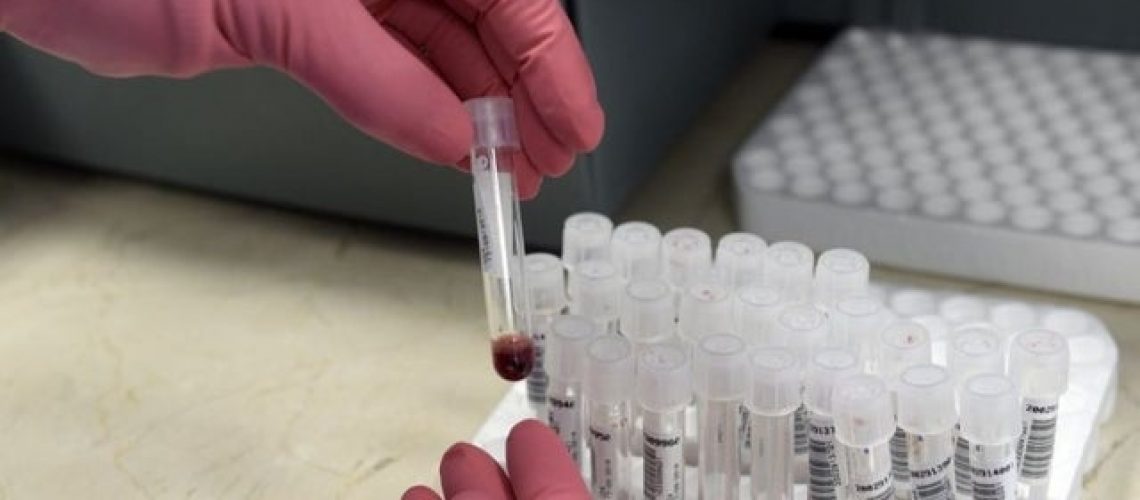Clinical diagnostic laboratory tests range from routine chemical measurements like blood glucose or sodium to complex examinations for cancer, infectious diseases, or rare inherited disorders. The information they provide is among the most important data doctors use to diagnose and treat patients. Medicare spent over $7 billion on laboratory services for beneficiaries in 2017, making it the country’s largest purchaser. The program should act now to eliminate excessive payments for some lab tests.
Last year, the Centers for Medicare and Medicaid Services (CMS) implemented a law that made the first change to the federal program’s payment system for medical laboratory tests in almost four decades. Enacted in 2014 as part of and as an offset to Medicare’s once annual “doc fix,” Section 216a of the Protecting Access to Medicare Act (PAMA) was clandestinely slipped into the legislation following unsuccessful, protracted negotiations to eliminate that year’s threat of physician fee cuts.
Since 1984, Medicare had paid for lab tests based on historical prices with occasional increases for inflation. Over time, automation had reduced the costs of performing many older tests. However, until 2014, Medicare had little leeway to lower test prices to match technology-generated productivity gains, leaving a substantial gap between what Medicare and private insurers paid for some of the most commonly performed, largest expenditure tests.
PAMA instituted a “market-based” clinical laboratory fee schedule, which is calculated from laboratory-reported private insurance payments for each test. The legislation lowered rates for 75 percent of tests, causing serious disruption and dislocation in the laboratory industry. As it turns out, these untoward effects may have been much pain for little to no gain.
For years, Medicare has combined 23 of the longest-lived, highest volume tests into multiple “panels” with single billing codes. Payments for stated combinations of tests are lower than the sum of the prices for the individual tests. If the combination of tests matches one of the panel codes, laboratories must bill Medicare using that code. Failure to do so risks substantial penalties for fraud. Responsible individuals potentially face prison time.
In addition to explicit panel codes, Medicare developed another “fix” to the problem of overpriced lab tests. For any combination of the 23 tests that did not match an existing panel code, software algorithms reimbursed the tests as if they were part of discounted panels, termed “automated test profiles.” However, after PAMA went into effect Medicare stopped using automated test profiles to price laboratory tests.
PAMA prescribes the way Medicare establishes market-based rates for tests. Both the Statute and Medicare equate tests with billing codes, most of which are American Medical Association (AMA) produced CPT codes. Because PAMA demands pricing by test, it seemingly removed Medicare’s authority to combine tests into automated test profiles. Instead, Medicare now pays higher individual prices for tests it previously combined into discounted panels.
A 2018 GAO report estimated Medicare’s elimination of automated test profiles would increase laboratory test expenditures by $218 million from 2018 through 2020, eating up savings PAMA was supposed to bring. As presented by Medicare’s Acting Deputy Director of Ambulatory Services Corinne Axelrod during a June 24 public meeting, these additional charges range from as much as $16.05 for 2 tests to $121.29 for 23 tests.
This and other concerns in the GAO report prompted an inquiry from Senate Finance Committee Chairman Charles Grassley to Health and Human Services Secretary Alex Azar and CMS Administrator Seema Verma.
Ironically, PAMA’s net effect could be redistribution of Medicare funds from more complex, innovative and appropriately priced laboratory procedures to the overpriced tests that provided the justification for payment reform.
Medicare can easily restore automated test profiles through the adoption of new billing codes that accomplish the same results as its previous algorithms. PAMA does not define “test.” However, discontinuing use of existing panel codes would cost Medicare an estimated $10.1 billion, an outcome Congress surely did not intend. This suggests test panels remain valid under PAMA.
There is no logical difference between panel codes Medicare adopted before and those it incorporates after PAMA’s implementation. Both are equally valid. Insurance companies’ similar use of algorithms to reduce payments for test combinations that lack panel codes, ensures private payer acceptance of CPT panel codes that have the same purpose. Therefore, laboratories will have enough data to allow CMS to set new, discounted rates. Medicare should follow Congressional instructions to set competitive rates for clinical laboratory tests by moving quickly to employ panel codes that reinstate automated test profiles.
——————————————————
Photo courtesy of: The Hill
Originally Published On: The Hill
Follow Medical Coding Pro on Twitter: www.Twitter.com/CodingPro1
Like Us On Facebook: www.Facebook.com/MedicalCodingPro







